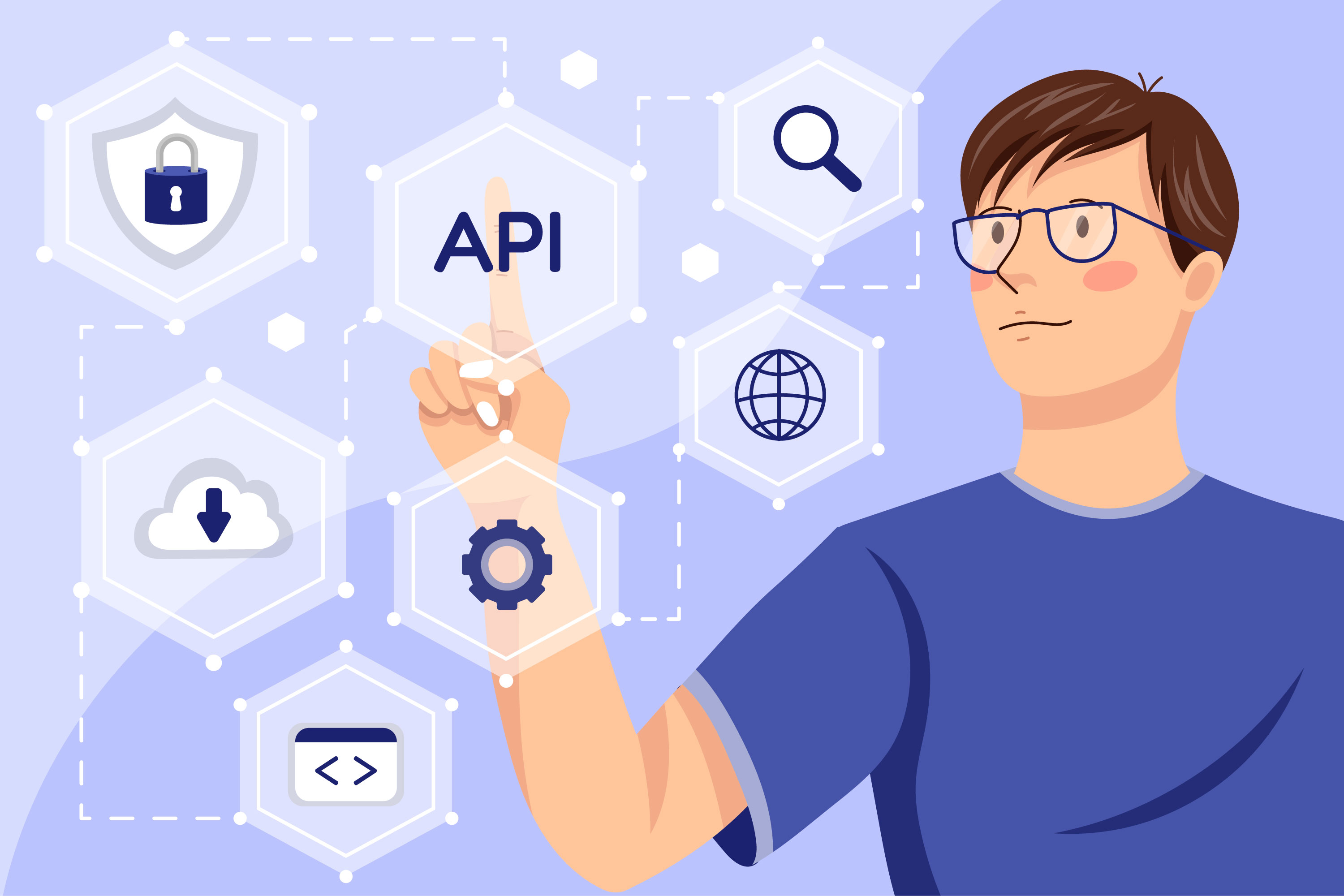Get Support
+91 9123517774

Leaf Business Consulting Services
Enterprise Platform Integration
Certainly! Enterprise Platform Integration involves connecting different software applications and systems within an organization to enhance communication and data flow. Here's a list of categories and associated information you might consider including on a webpage:
What is Integration?
Integration involves combining different software systems and applications to function as a coordinated whole. In an enterprise context, this ensures seamless data flow and communication across various platforms.
Leaf Business Consulting Services
Key Objectives
Data Consistency: Ensuring data remains accurate and consistent across all integrated systems.
Workflow Automation: Streamlining business processes through automated data exchange.
Real-time Communication: Facilitating instantaneous sharing of information between applications.

Integration Types
-
Data Integration:
- ETL (Extract, Transform, Load): Extracting data from source systems, transforming it, and loading it into a target system.
- Data Warehousing: Consolidating data from different sources into a central repository.
- Application Integration:
- APIs (Application Programming Interfaces): Enabling communication between different software applications.
- Middleware: Software that acts as a bridge between different applications.
- Cloud Integration:
- Hybrid Cloud Integration: Connecting on-premises systems with cloud-based applications.
- Cloud-to-Cloud Integration: Integrating different cloud-based services.
- B2B Integration:
- Electronic Data Interchange (EDI): Standardized format for exchanging business documents.
- Partner Portals: Secure platforms for collaboration with external partners.


Integration Pattern
-
Point-to-Point Integration:
- Direct connections between individual systems.
- Simple but can become complex to manage as the number of connections increases.
-
Hub-and-Spoke Integration:
- Centralized hub facilitates communication between various systems (spokes).
- Easier to manage and scale compared to point-to-point.
-
Enterprise Service Bus (ESB):
- Centralized bus facilitates communication between different systems.
- Uses a messaging system for seamless integration.
Technologies and Platforms
-
API Gateways
- Apigee
- AWS API Gateway
- Azure API Management
- Middleware Solutions
- MuleSoft
- Apache Camel
- IBM Integration Bus
- Integration Platforms as a Service (iPaaS)
- Dell Boomi
- Jitterbit
- Workato
- Message Queues
- RabbitMQ
- Apache Kafka
- AWS SQS


